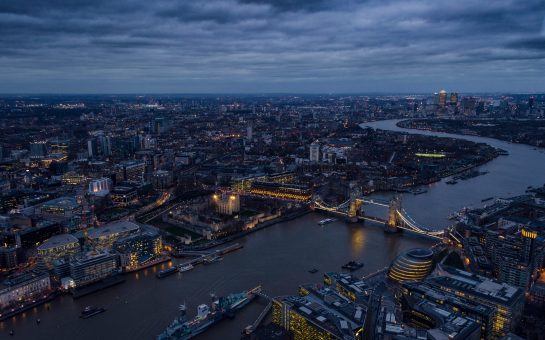London’s unemployment rate has this year reached its highest level since the COVID-19 pandemic, Office for National Statistics (ONS) figures show.
The most recent figures show that unemployment rates hit 6.5% in February, dipped slightly to 6.2% in March, then rose again to 6.4% in April this year.
This year’s unemployment levels mark the most significant spike since 2021, when the UK was reeling from the economic shock of the pandemic.
At that time, unemployment in London had surged to 7.5%, as shown in the graph below.
International Labour Organization define unemployed people as: without a job, want a job, have actively sought work in the last four weeks and are available to start work in the next two weeks, or, out of work, have found a job and are waiting to start it in the next two weeks.
London also currently has the highest unemployment rates in the UK, above the current UK average of 4.6%, and higher than the nearby South West (3.4%), South East (4.1%) regions of England.
The data shows the second highest unemployment rates in the UK are the West Midlands (5.2%) followed closely by the North East (5.0%).
This comes amid a broader trend of rising unemployment across the UK as an average in 2025, as shown in the graph below.
Rising unemployment is thought to be partly driven by the Autumn budget, which introduced tax rises, including a £25 billion rise in employer National Insurance contributions.
At least 250,000 jobs are thought to have been lost in the UK since the budget was revealed.
This year also saw the fastest decline in permanent job vacancies for four years in the UK.
However, reliability of ONS labour market data has been questioned, as declining response rates to surveys may affect the accuracy of current unemployment figures.





